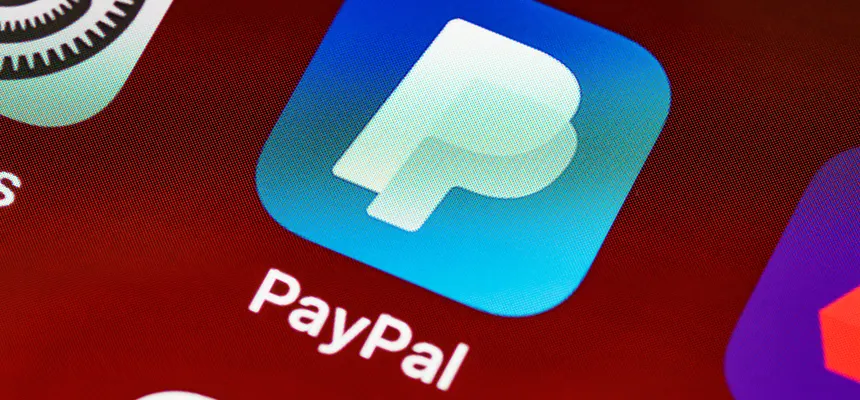
The PayPal platform has become a ubiquitous part of online transactions, being an essential tool for businesses and individuals alike. Its ability to handle payments swiftly and securely makes it a trusted method of transferring funds worldwide. But what happens when your hard-earned money gets held up by PayPal? This situation can be frustrating, especially if you’re unsure why it’s happening. This article aims to illuminate why PayPal might be holding your money and provide some insights that could help you navigate such scenarios more effectively.
As an online payment platform, PayPal facilitates payments between individuals and businesses. Using a secure internet account, PayPal allows you to make financial transactions digitally, including making purchases from vendors and sending and receiving money from others. This role makes PayPal a significant player in the online transaction space, bridging the gap between buyers and sellers, often across international borders.
A ‘money hold’ by PayPal refers to funds received as payment for goods or services that are not immediately added to the account balance. Instead, these funds are ‘held’ or ‘pending release’ until certain conditions are met. PayPal implements this mechanism to ensure the platform remains safe for both buyers and sellers, maintaining trust and security in all transactions.
There are several reasons why PayPal might hold your money. Understanding these can help you prevent holds in the future or deal with them more effectively when they do occur.
If you’re a first-time seller or have recently started selling with PayPal and have no selling history, PayPal may place a hold on your funds. This hold is part of PayPal’s verification process to ensure that you are a legitimate business. It usually takes a few days, but as long as there are no problems with the transactions, you should have the money within 21 days.
PayPal also pays attention to your selling patterns. An unexpected surge in sales, a change in business type, a change in average selling price, or a shift in the type of item being sold can be flagged as unusual activity. When this happens, PayPal may hold your funds to investigate and ensure that the activity is legitimate.
Selling high-risk items can also lead to PayPal placing a hold on your funds. This usually happens when the transaction may involve a higher than usual risk of fraud or other illegal activities. For certain types of high-risk products, PayPal might need to review the transaction due to government compliance and regulations. This is particularly true for categories that are more susceptible to fraud and poor seller behaviour. This could include CBD products, e-cigarettes and vapes, adult sex toys and other industries outlined in their acceptable use policy.
Customer disputes or complaints can also lead to a hold on funds. When a buyer initiates a dispute, PayPal will place a temporary hold on the transaction funds while the dispute is being resolved. This is to ensure that the platform remains safe for both buyers and sellers. PayPal may also hold your funds if you’ve received several disputes or returns.
PayPal typically holds funds for up to 21 days. This timeframe serves as a safety measure, ensuring the platform’s integrity while protecting both buyers and sellers from potential fraudulent activity. It is worth noting that this period may vary based on several factors such as the seller’s history, the nature of the items being sold, or the occurrence of disputes.
There are several methods to expedite the release of your held funds on PayPal. These involve providing additional information that can verify the legitimacy of the transaction and reassure PayPal of the reduced risk.
While it’s not always possible to prevent PayPal from placing a hold on your funds, there are a few practices that can help reduce the likelihood:
While these practices can assist in reducing the likelihood of PayPal holding your money, it is important to note that holds may still occur due to various factors, such as security concerns or regulatory requirements. However, by following these guidelines, you can create an environment that minimizes the chances of funds being held and ensures a more efficient payment process.
Navigating the complexities of PayPal’s funds holding process can initially seem daunting. However, understanding the reasons behind these holds and the methods to expedite their release can help improve your selling experience.
Incorporating good practices, such as providing excellent customer service, posting real product photos, and being responsive to PayPal’s communications, can significantly reduce the chance of future holds.
Remember that these measures, while not foolproof, can certainly increase the fluidity of your transactions and foster a more favourable relationship with PayPal.